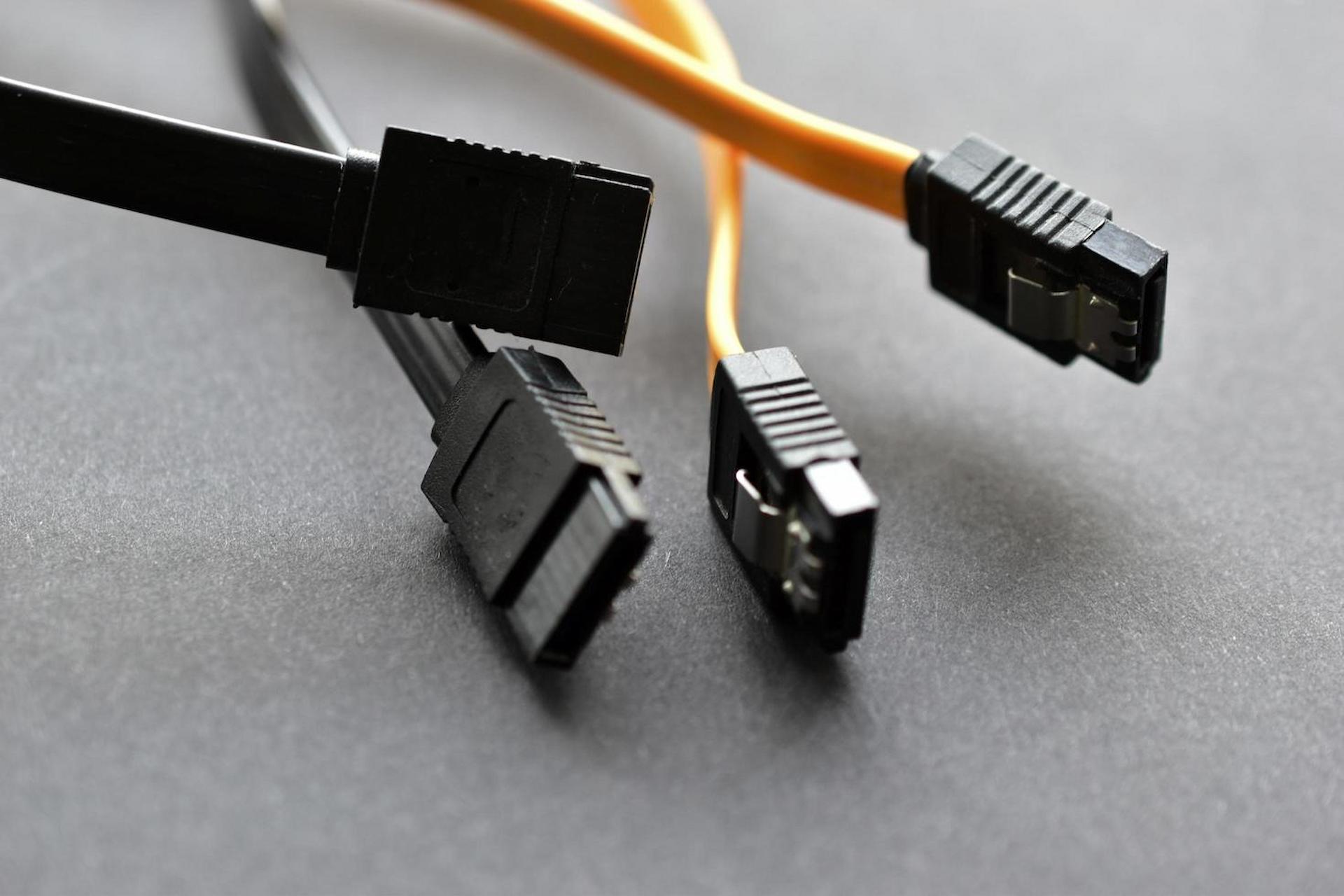Roman blinds are making a comeback, with an increasing number of homeowners seeking both the insulating benefits and the enhanced privacy that comes with Roman blinds – not to mention the endless range of finishes and designs that are available with fabric blinds.
Roman blinds in Essex are crafted from a single stretch of fabric, which is folded upwards via a pleated system – replacing the traditional rolled blinds which have previously filled modern homes. In short, they make more of the fabric, transforming windows to add more colour, personality, and decoration.
And they are not without their practical benefits too. The single stretch of fabric that is dropped over the window is a great insulator, with homeowners able to add motorised features to enhance the convenience of their blinds as well as the aesthetic finish.
With that said then, what do roman blinds require in the way of fitting, and how can homeowners prepare their windows for the installation of fitted blinds?
1. Choosing your Roman Blinds: The Importance of the Fabric and Finish
The first step in fitting Roman blinds is undoubtedly choosing the right fabric and finish. Not only should your blinds compliment the interior design of your room, but they need to meet your practical needs – i.e., whether they block light, and whether you choose manual or motorised operations.
While some homeowners opt for blinds in a fabric that matches a sofa or sofa furnishing, creating cohesion in interior design, others lean on the potential for interesting and standout textures.
2. Measuring for Roman Blinds
This is where it gets a little more complicated. Not only do you need to think about the drop of your blinds and how they will cover the window when dropped while also pleating neatly across the top of the window, but you need to consider width.
From both a privacy and a light-blocking perspective, it’s important for blinds to be wide enough that they cover the full breadth of the window.
You also need to decide whether you want blinds to hand on the inside or outside of the window’s recess – that is, whether blinds are mounted on the inside of the cutout in your wall that frames the window, or on the outside of that cutout.
Remember, if you’re fitting blinds inside the recess then the width will equal the window width. If you’re hanging blinds outside the recess, you need an extra few centimetres on either side to cover the edges of the wall.
3. Securing a Fitting Specialist
Armed with a selected fabric, finish, and correct measurements, you’re ready for installation. And this is where finding a team of specialists becomes important.
Our advice is always to seek the advice of specialist blind fitters before and during the ordering process, tapping into their expertise to ensure a clean and balanced finish. Learn more about this service and its benefits by getting in touch with your local team.





